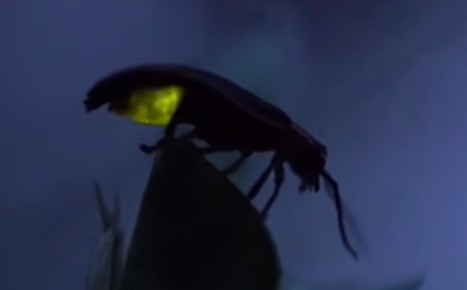The Magical Light of the Firefly: Nature’s Tiny Lantern
In the stillness of summer nights, among rustling leaves and quiet fields, a tiny creature lights up the darkness — a firefly. With its glowing body and gentle flicker, the firefly (or lightning bug) has captivated humans for centuries, often seen as a symbol of wonder, mystery, and childhood memories.
What Is a Firefly?
Fireflies are not actually flies — they’re beetles, belonging to the family Lampyridae. There are over 2,000 known species of fireflies around the world, mostly found in warm and temperate environments. They are best known for their ability to produce light, a trait called bioluminescence.
Why Do Fireflies Glow?
The glow you see at the end of a firefly’s abdomen comes from a chemical reaction inside its body. This reaction involves a substance called luciferin, an enzyme called luciferase, oxygen, and ATP (energy molecule). Unlike artificial lights, firefly light produces almost no heat, which is why it’s called a “cold light.”
Reasons They Light Up:
-
Attracting Mates: Each species of firefly has its own pattern of flashing. Males use this light to signal to females of the same species.
-
Warning Predators: Some fireflies taste bad to predators. Their light warns others to stay away.
-
Communication: Fireflies can even use their flashes to talk to one another in their glowing language.
Firefly Life Cycle
Fireflies go through four stages in their life:
-
Egg
-
Larva (glowworms)
-
Pupa
-
Adult
Interestingly, even the larvae can glow. They spend most of their lives underground or in dark places feeding on small insects and snails.
Importance in Nature
Fireflies are more than just pretty lights in the night. They help:
-
Control pests like slugs and snails (as larvae).
-
Pollinate some flowers (certain species).
-
Serve as indicators of a healthy ecosystem.
Sadly, fireflies are disappearing in many parts of the world due to light pollution, habitat loss, and pesticide use. Their decline is a gentle reminder of the damage humans are doing to the natural world.
What Can We Do to Help?
-
Turn off outdoor lights at night to reduce light pollution.
-
Avoid pesticides in your garden.
-
Protect green spaces and wetlands where fireflies breed.
-
Educate others about the importance of these magical insects.
Conclusion
The firefly is more than just a glowing insect. It’s a symbol of natural beauty, gentle communication, and the quiet magic of our planet. As you watch its light dance across a dark field, remember — nature always has a spark of wonder, if we’re willing to look.


